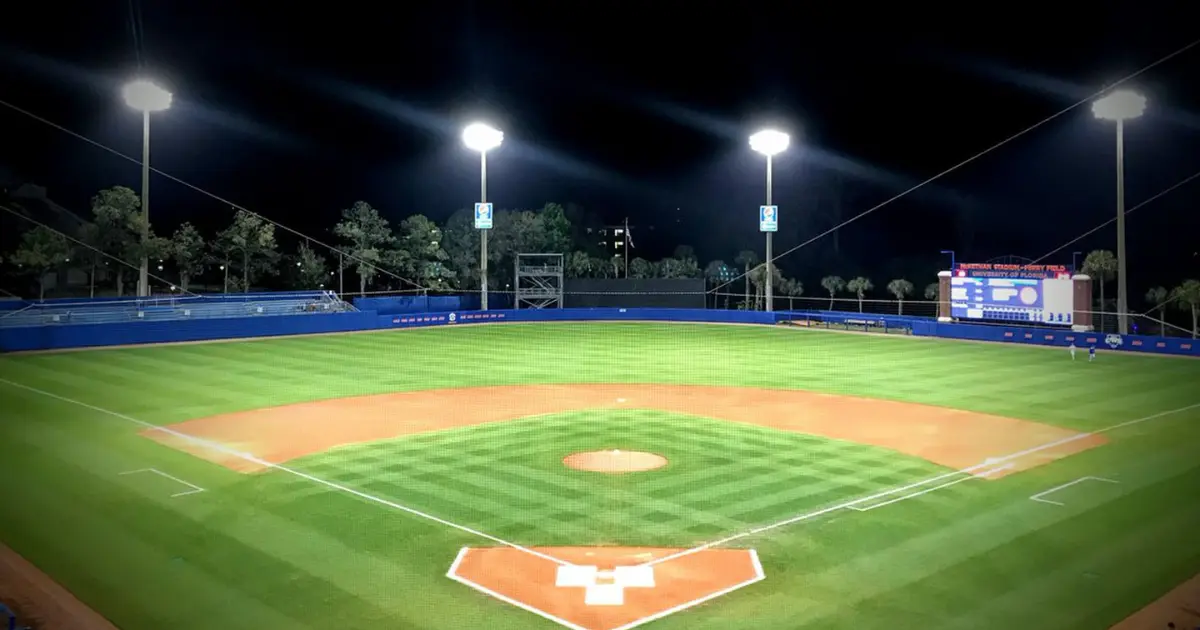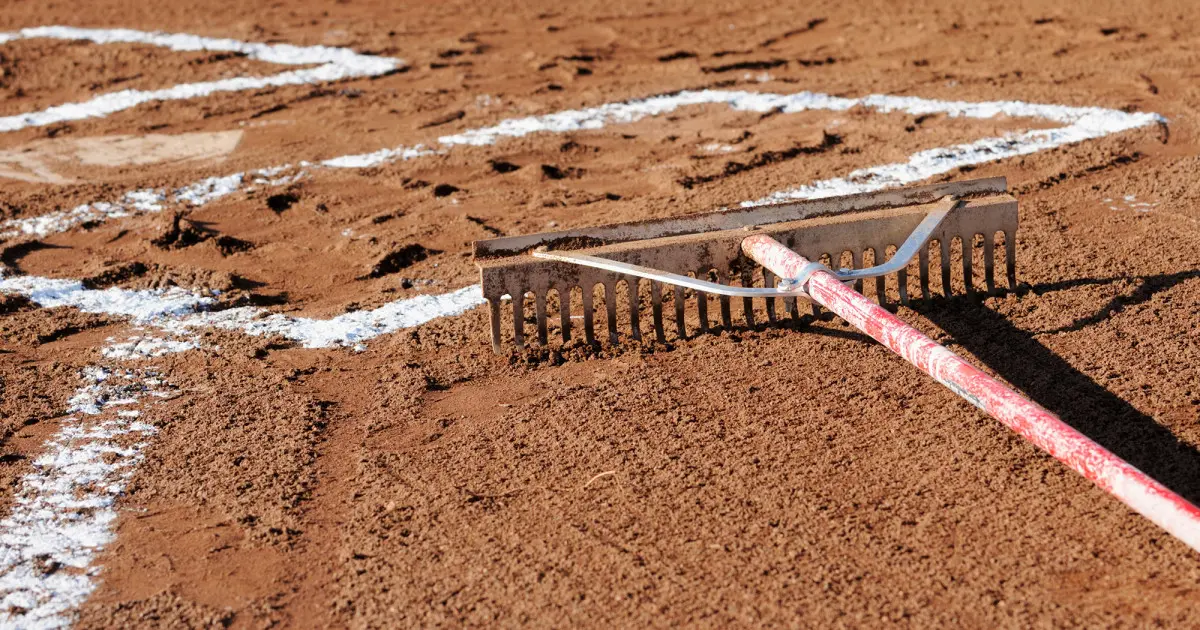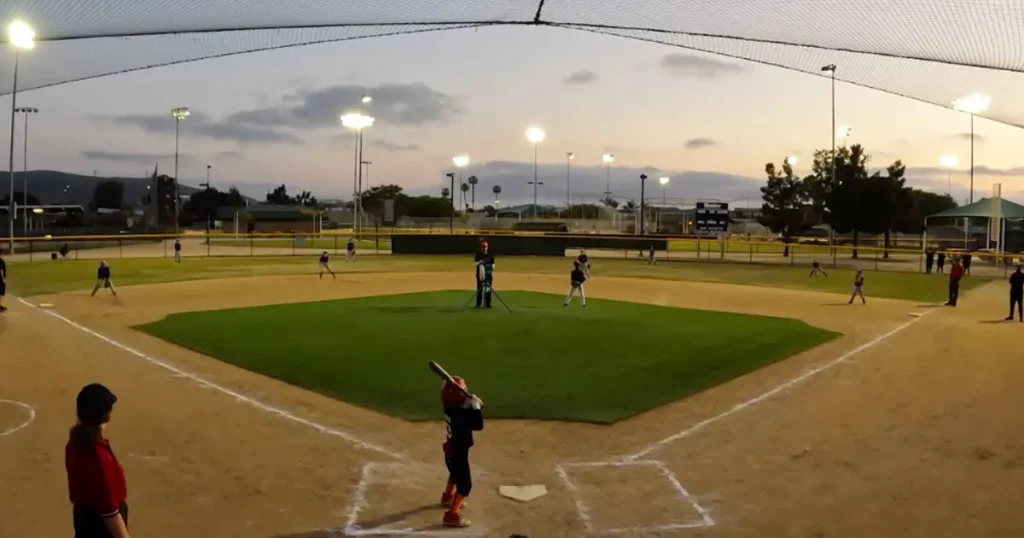Have you ever observed that Japanese baseball infields are normally made of dust? This exceptional characteristic sets them apart from fields in lots of other nations and highlights a unique cultural subculture. Recognize the motives at the back of this preference famous a lot approximately the sport in Japan.
Why Japanese Baseball Infields Are Dirt
Japanese baseball is a recreation full of passion, dedication, and rich traditions that resonate deeply with gamers and fanatics alike.
One of the maximum eye-catching capabilities of this like recreation is its infields, which can be frequently made absolutely of dirt.
This preference is not only for aesthetics. It displays a complex interplay of cultural importance, ancient practices, and practical advantages. Let’s explore why Japanese baseball infields are predominantly dust and what this indicates for the sport.
The Cultural Significance of Dirt
In Japan, baseball is more than just a game. It’s a cultural cornerstone. The dust infields carry a heavy emotional weight, symbolizing perseverance, nostalgia, and a connection to the beyond.
After high school baseball games, it’s not unusual for players to scoop up dust from the infield as a souvenir. This tradition is specially enormous at Koshien Stadium,
in which losing teams take dirt domestic as a reminder in their dedication to return stronger subsequent time
Each handful of dust represents the emotional investment players have in the game, making the infield a repository of reminiscences and aspirations.
Historical Background of Japanese Baseball Infields
The way of life of the use of dust infields in Japanese baseball can be traced back to the late nineteenth century, whilst baseball was introduced to Japan.
Early players commenced to undertake techniques that diverged from American practices, especially regarding subject upkeep
While grass infields have become the norm within the United States, Japanese players gravitated in the direction of dust for several compelling motives, inclusive of practicality and weather adaptability.
Climate Adaptability
Japan studies diverse climate conditions, from hot and humid summers to heavy rains. These weather variations drastically influence the choice of playing floor. Dirt infields provide higher drainage than grass, making them more appropriate for Japan’s wet seasons.
This lets in video games to hold even after rainfall. An important issue in keeping a complete schedule during the season. Furthermore, dust can dry out faster than grass, lowering muddy situations and retaining the sport flowing.
Aesthetic Appeal and Tradition
The visible attraction of a dirt infield is another reason for its popularity. The comparison among the wealthy brown of the dust and the intense white of the chalk traces creates a striking photo that many players and fanatics love.
This aesthetic first-rate is closely tied to Japanese baseball culture, with iconic venues like Koshien Stadium embodying this tradition. For many, the sight of a dust infield evokes emotions of nostalgia and admiration for the game’s records in Japan.
Practical Advantages
Dirt infields also offer practical blessings. They are normally softer than grass, which may help soak up the effect all through slides or falls, decreasing injury risks for players.
Additionally, maintaining a dust infield is regularly easier than worrying for a grass area, especially all through inclement climate. Groundskeepers can quick repair and regulate dirt infields to ensure they stay playable during the season
The Ritual of Collecting Dirt
The culture of amassing dust after video games is one of the most cherished practices in Japanese high school baseball.
After a loss, gamers scoop up dust from the sphere and take it home. This act symbolizes resilience and serves as a tangible reminder of their commitment to improving and returning stronger.
This exercise captures the essence of the Japanese baseball way of life, where each recreation is dealt with reverence and emotional intensity.
FAQ’s
Are all Japanese baseball fields fabricated from dirt?
Not all, however many traditional fields, specifically the ones related to high college competitions, feature dirt infields.
How does the climate affect baseball infields in Japan?
Dirt infields allow for higher drainage in humid and rainy situations, making them more practical for Japan’s numerous weather conditions.
What is the importance of gathering dust after a sport?
Collecting dirt symbolizes resilience and serves as a reminder of the emotional funding gamers have of their sport.
Do professional fields in Japan additionally use dirt infields?
Yes, Koshien Stadium, an outstanding venue for expert and high school baseball, has an all-dirt infield
Is there a difference in how dirt and grass infields are maintained?
Yes, dust infields are typically less difficult to preserve, requiring less water and care than grass fields, especially in wet situations.
Conclusion
So, why are Japanese baseball infields made from dust? The solution lies in a wealthy tapestry of cultural importance, ancient evolution, climate adaptability, aesthetic choice, and sensible advantages.
The dirt infields are not simply a surface for play; they constitute a profound connection to the sport, its records, and the player’s determination. Whether you’re stepping onto the sphere as a player or cheering from the stands, the dust infield is a reminder of the ardor and tradition that outline baseball in Japan.
you can also read this post:
How European coaches develop basketball players?

